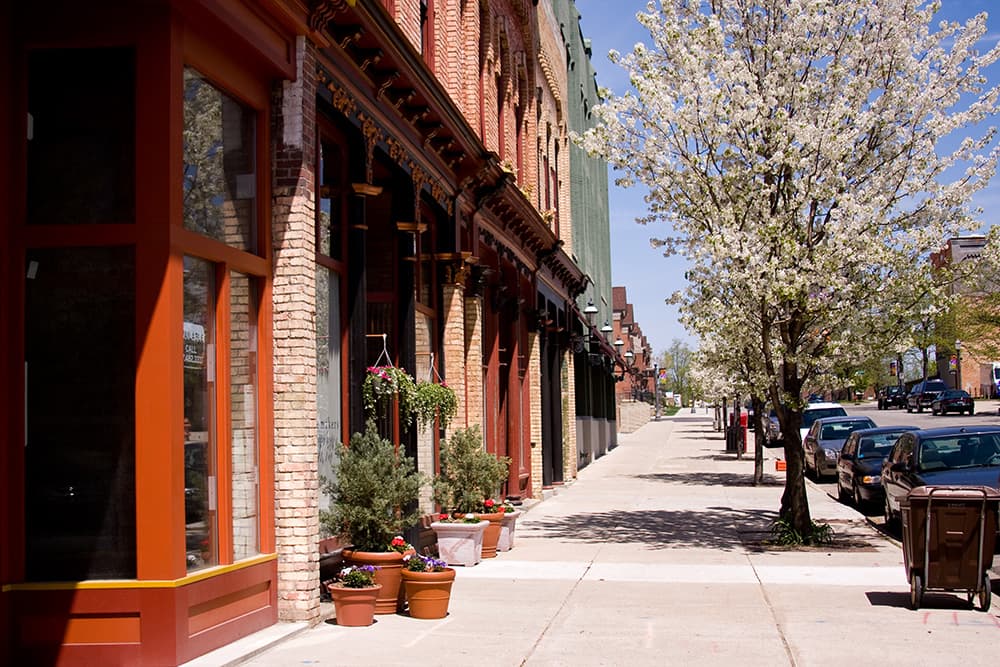

Get Connected
Subscribe to our e-newsetter and get the latest information delivered straight to your inbox.
Articles
Wall Street Journal: Real Collateral Damage
Washington, D.C. ,
July 22, 2010
By Emily Maltby; Wall Street Journal
Behind the credit squeeze on small business lies the collateral gap. Many small businesses, thwarted in efforts to get loans, are saying it takes money to get money. That's because property and equipment assets have fallen in value, so businesses seeking loans are being asked for alternative collateral, often in the form of cash so that the loan is backed in case the borrower defaults. The catch for most business owners is that if they had money sitting in reserve they wouldn't need a loan. According to Kathie Sowa, a commercial banking executive at Bank of America Corp., one of the nation's largest small-business lenders, basic underwriting standards haven't changed: Cash flow must be sufficient to support the loan, and there must be a secondary source of repayment. That collateral was typically a combination of accounts receivables, inventory, real estate, equipment, and other business or personal assets. But since real-estate and equipment values have plummeted, she says, business owners who may have landed loans in the past are now falling short of having sufficient assets. Cash can make up the difference. Tony Corso, owner of Mi-Box Moving & Storage, has been tripped up by the collateral gap. He wants to buy more trucks and storage containers to meet customer demand, which will increase cash flow at his two-year old business, he says. But the banks that have entertained the loan applications from Mr. Corso's West Haverstraw, N.Y., firm are willing to help finance those purchases only under conditions he can't afford, he says. Three banks have asked that Mr. Corso use all the assets of his business as collateral—including his accounts receivables, containers, trucks and forklifts—and sign a personal guarantee, he says. Plus, he says he would have to deposit cash into a bank account, equal to the amount of the loan, which Mr. Corso had hoped would be at least $250,000. "The loan requirements are so onerous," says Mr. Corso, who says Mi-Box pulled in $150,000 in revenue last year and hopes to break even this year. Thomas Kelly, a spokesman for JP Morgan Chase & Co., one of the banks Mr. Corso approached, adds, "We, like most banks, primarily focus our small-business lending on cash-flow analysis. If the cash flow won't support the loan, we may accept marketable securities and deposits as collateral." In other words, owners need to put cash in a certificate of deposit or an escrow account that can essentially guarantee the loan in case of default. M&T Bank Corp. echoed statements from Bank of America and Chase. "Our loan-to-value ratios and other credit standards have not changed," says spokesman Michael Zabel, adding that keeping with the standards "might be more difficult than it was before" and that cash deposits are "a possible solution." Chase and M&T declined to comment. "I have talked to a number of business owners who have had their loans not renewed because they don't have a compensating balance or anything to use as additional collateral," says Larry Strain, director of the Small Business Development Center at the University of West Florida in Pensacola. Cash has been a popular form of collateral in decades past, especially when asset values—such as crops for farming loans—have been uncertain, Mr. Strain explains. "But to most businesses it is foreign," he says, "because the lending environment for last 20 years has been built on guarantees and the expectation of ever-increasing property values." In some cases, hard assets, personal guarantees and cash appear to cover the loan balance several times over. But, Mr. Strain says, the quick-sale of hard assets may amount to only cents on the dollar. "[Lenders] have to satisfy examiners and have to tie up everything the person owns," he says. "There's only so much blood in that rock." Joseph Jackson, owner of Jackson Pianos LLC in St. Louis, also has had trouble getting a loan. The business previously grew by buying commercial spaces for repair work and for a retail showroom. The business grew 35% last year and exceeded $500,000 in revenue, he says. Now he's ready to expand into a larger building, but the banks aren't willing to help this time, despite, he says, his excellent personal credit score that's between 760 and 800. He didn't disclose the names of the banks. When his regional bank, which has serviced his company for years, rejected the loan application without explanation, he says he turned to two larger lenders who told him his cash flow was insufficient and that he should have more money in untouched accounts, though they stopped short of saying how much he would need. Banks still said no as he dropped his request to $90,000 from $300,000. "We've already missed our chance on a few buildings because of this," he says, adding that when he finds the next building, "hopefully, if they ask for 20% or 30% down, I'll be ready with 40% down so it will go through." |